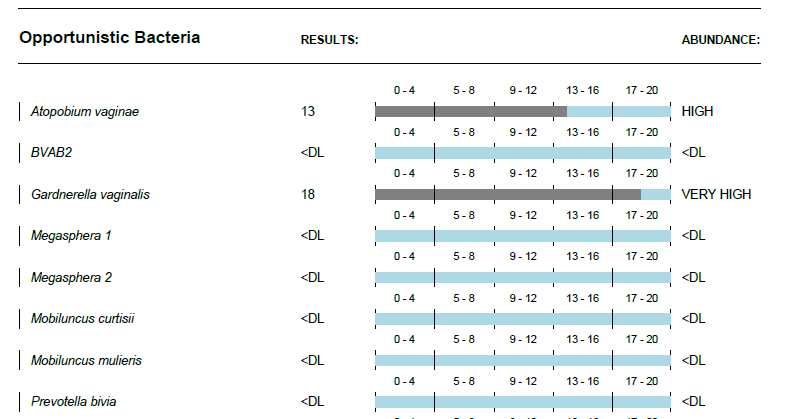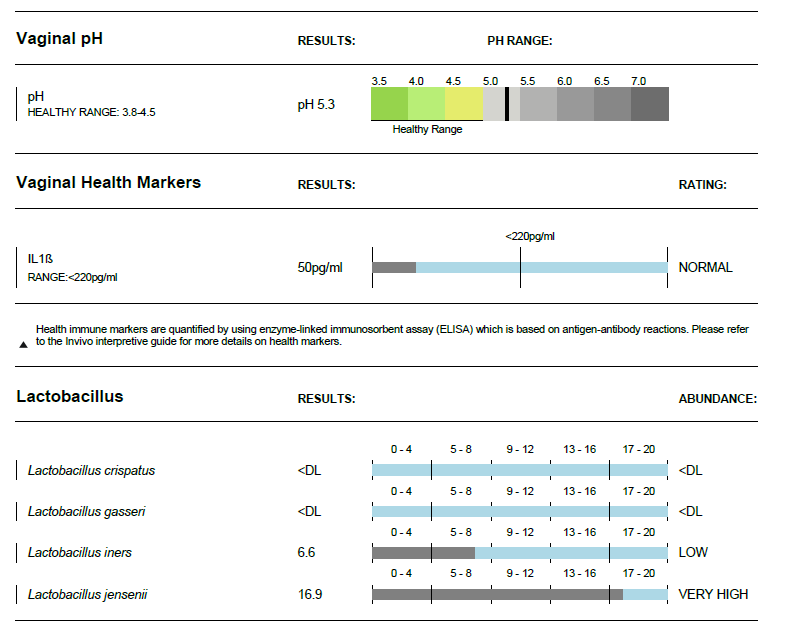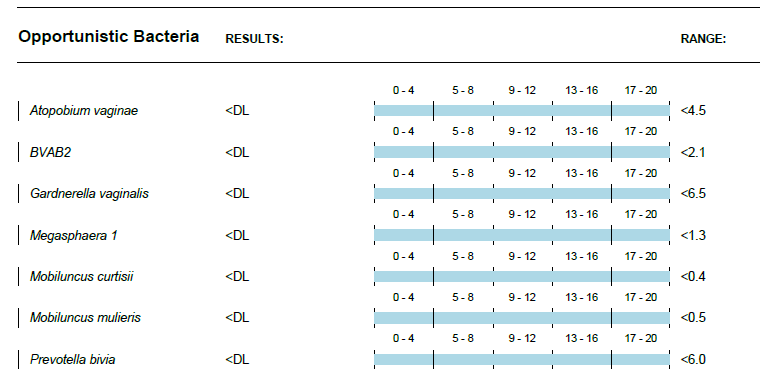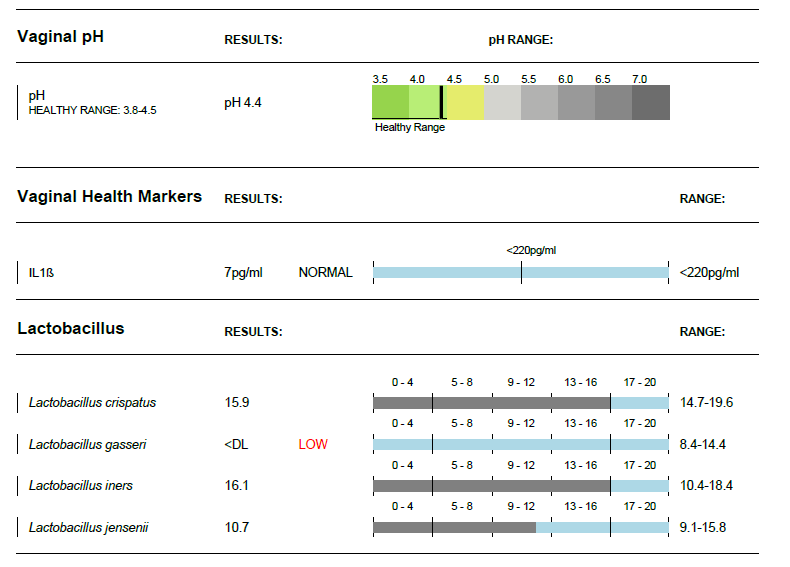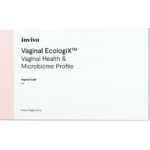 Vaginal ecology is extremely dynamic and is affected by numerous host (i.e. you!) factors including age, ethnicity, hormonal changes and life stages, infection and even use of various sanitary items like tampons and moon cups. With this in mind, it is no wonder that imbalances or dysbiosis can occur. Often these imbalances can be modulated with diet, lifestyle and nutraceutical interventions however.
Vaginal ecology is extremely dynamic and is affected by numerous host (i.e. you!) factors including age, ethnicity, hormonal changes and life stages, infection and even use of various sanitary items like tampons and moon cups. With this in mind, it is no wonder that imbalances or dysbiosis can occur. Often these imbalances can be modulated with diet, lifestyle and nutraceutical interventions however.
Lactobacillus dominance
There are far less bacteria in the vaginal space than we have living in our gut. While diversity is key to gut health, the vaginal microbiome should be dominated by Lactobacillus strains. These are essential to health, maintain a low pH, influence the immune system and protect against infections. Through more advanced testing, we also know more now about certain strains of Lactobacillus that confer health. For example, Lactobacillus crispatus in the vaginal microbiome is associated with better IVF outcomes
Bacterial vaginosis
If you suffer from recurrent thrush, bacterial vaginosis (BV) or are trying to conceive, it may be worth testing to see what your vaginal ecology is like. It was certainly the case for this patient who was going into another round of IVF after several unsuccessful transfers. She had a history of immune related fertility issues and recurrent miscarriage. She also had a history of BV but no current symptoms. Clinical signs of BV can include malodour and a creamy grey discharge.
Before going for another transfer she wanted to make sure that all factors (including vaginal health) had been considered.
First test
Her first tests shows very low Lactobacillus and higher pH as a result. Low vaginal pH indicates high levels of lactic acid production by Lactobacillus species and therefore healthy vaginal microbiota. High pH on the other hand can facilitate growth of less desirable bacteria.
She also has slightly raised inflammatory marker IL-1β. IL-1β is synthesised in response to an inflammatory stimulus, this can be stress but in this lady’s case is more likely bacterial.
Two common causative bacteria of BV (atopobium vaginae and gardnerella vaginalis ) are present at high levels. Atopobium vaginae has been detected by PCR in 96% of women with BV compared to in 12-19% without BV.
Gardnerella vaginalis shows increased abundance in BV, but is also a member of the healthy vaginal microbiota so careful interpretation is always warranted. As time was of the essence this patient was treated with antibiotics by her fertility clinic and we supported her with a specialised probiotic for vaginal health.
Repeat test
We retested after her treatment and were pleased to see the unhelpful bacteria had been eradicated, pH had returned to normal range and IL-1β and her Lactobacillus were looking a lot better. She is currently waiting for her next cycle but thankfully is in a much better position to move forward now.
- Bautista CT, Wurapa EK, Sateren WB, Morris SM, Hollingsworth BP, Sanchez JL. Association of Bacterial Vaginosis with Chlamydiaand Gonorrhea Among Women in the U.S. Army. Am J Prev Med. 2017;52(5):632-639. doi: 10.1016/j.amepre.2016.09.016
- Koedooder, R., Singer, M., Schoenmakers, S., Savelkoul, P., Morré, S. A., de Jonge, J. D., Poort, L., Cuypers, W., Beckers, N., Broekmans, F., Cohlen, B. J., den Hartog, J. E., Fleischer, K., Lambalk, C. B., Smeenk, J., Budding, A. E., & Laven, J. (2019). The vaginal microbiome as a predictor for outcome of in vitro fertilization with or without intracytoplasmic sperm injection: a prospective study. Human reproduction (Oxford, England), 34(6), 1042–1054. https://doi.org/10.1093/humrep/dez065
- Menard J, Fenollar F, Henry M, Bretelle F, Raoult D. Molecular Quantification of Gardnerella vaginalis and Atopobium vaginae Loads to Predict Bacterial Vaginosis. Clin Infect Dis. 2008;47(1):33-43. doi:10.1086/588661
- Srinivasan S, Fredricks DN. The Human Vaginal Bacterial Biota and Bacterial Vaginosis. Interdiscip Perspect Infect Dis. 2008; 2008:1-22. doi:10.1155/2008/750479
If you would like more information about the services we offer, including testing, please get in touch.
